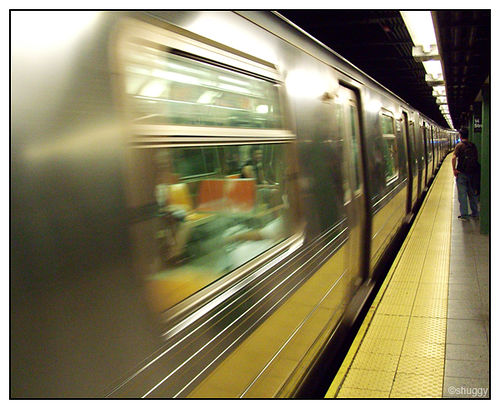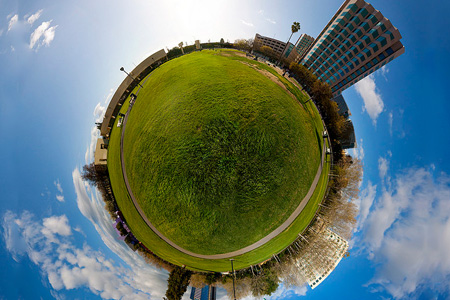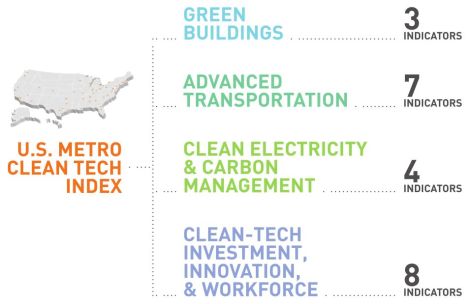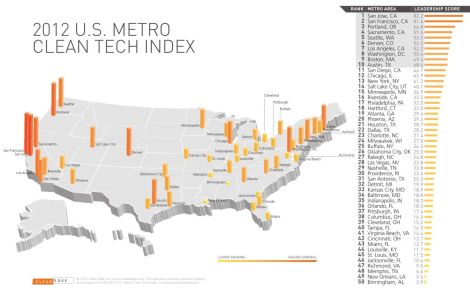A research outfit called Clean Edge has just released its first annual U.S. Metro Clean Tech Index, which ranks U.S. cities by their leadership in cleantech. There’s nothing particularly shocking in it — California is way ahead! — but it’s worth mulling over.
The rankings were done on a scale of 100, with equal weight given to each of the following four categories:
Individual indicators include “green building deployment, clean vehicles in use, advanced transportation infrastructure, public transportation ridership, regional electricity mix, GHG emissions, venture capital investment, clean energy patents, and clean economy jobs, among other things.” All are weighted for population.
So who’s ahead? Here’s top 10:
- San Jose, Calif.
- San Francisco, Calif.
- Portland, Ore.
- Sacramento, Calif.
- Seattle, Wash.
- Denver, Colo.
- Los Angeles, Calif.
- Washington, D.C.
- Boston, Mass.
- Austin, Texas
A fuller look:
Unsurprisingly, the big clusters are on the West Coast and in the Northeast. But there are competing clusters popping up. The upper Midwest is representing with a Chicago-Milwalkee-Minneapolis surge. Austin is attracting cleantech activity into its orbit. Salt Lake City, Denver, and even Atlanta seem to be doing pretty well on their own.
Cities are key to cleantech’s future, writes Clean Edge in its executive summary:
Metro areas are home to the clean-tech economy’s entrepreneurs, investors, innovators, and consumers. A staggering 87 percent ($13 billion out of $14.9 billion) of all U.S. clean-tech venture capital dollars from 2009 through 2011 went to companies headquartered in the top 50 metro areas. These regions also account for 72 percent of LEED-certified square footage, more than 70 percent of U.S. company clean-energy patents, and more than 95 percent of the country’s registered [hybrid electric vehicles]. The pulse of clean tech in the U.S. is undeniably urban. As the industry expands and competition heats up, these metro areas will increasingly compete against one another (and against cities around the world) to capture the clean-tech opportunity. [my emphasis]
While rural areas of the country are scarred by fossil fuel extraction, mayors who want their cities to thrive in the 21st century — the ones trying to attract high-skill workers, young people, and growing industries — are looking to cleantech. Pretty much every city official I’ve ever talked to is at least sniffing around it.
Over the long term, there will almost certainly be enough cleantech business to support several clusters, but the fact remains that there are early-mover benefits. Once these regional networks of academics, researchers, entrepreneurs, and investors form, they tend to self-perpetuate. That’s why Silicon Valley is still Silicon Valley.
It will be nice to have this index year to year, to see how things develop. Mayors, start your (electric) engines!





